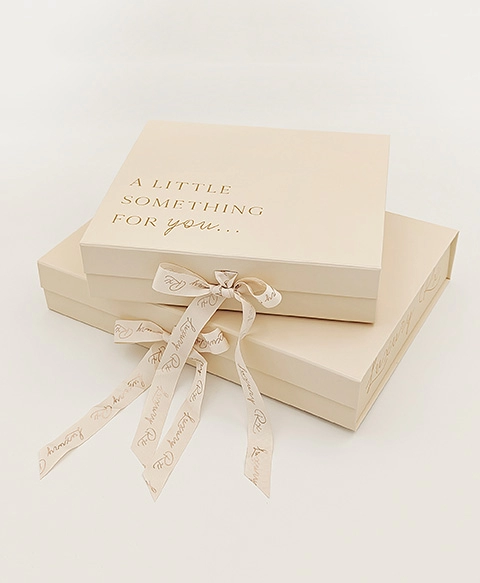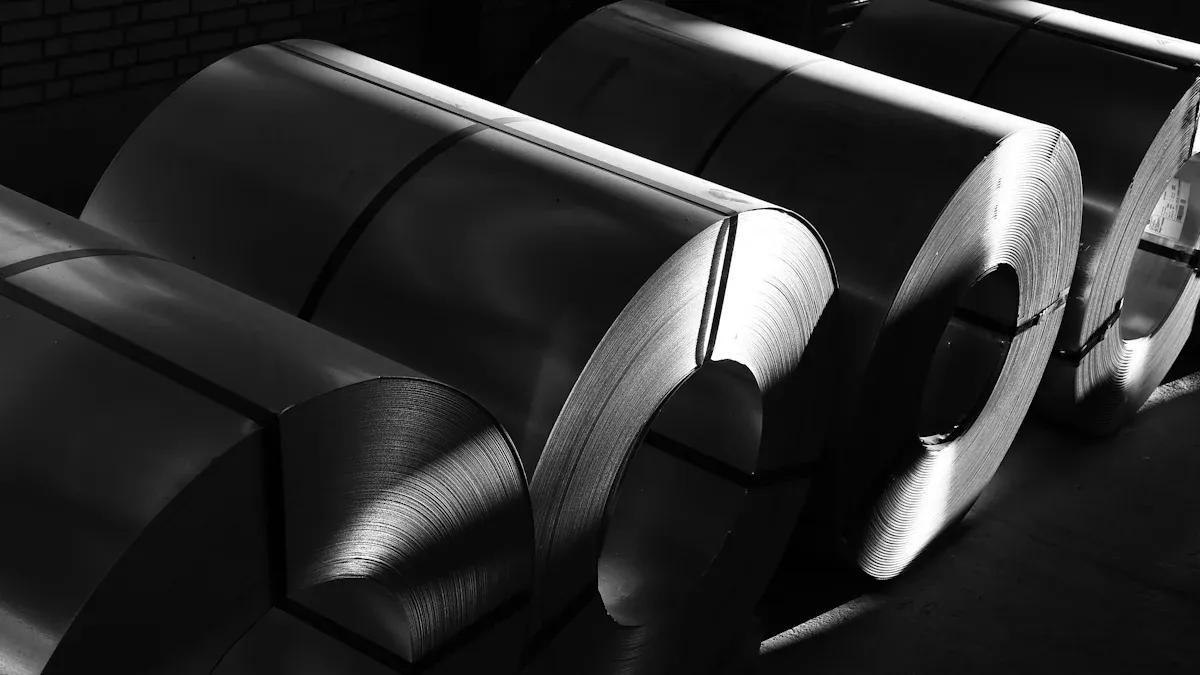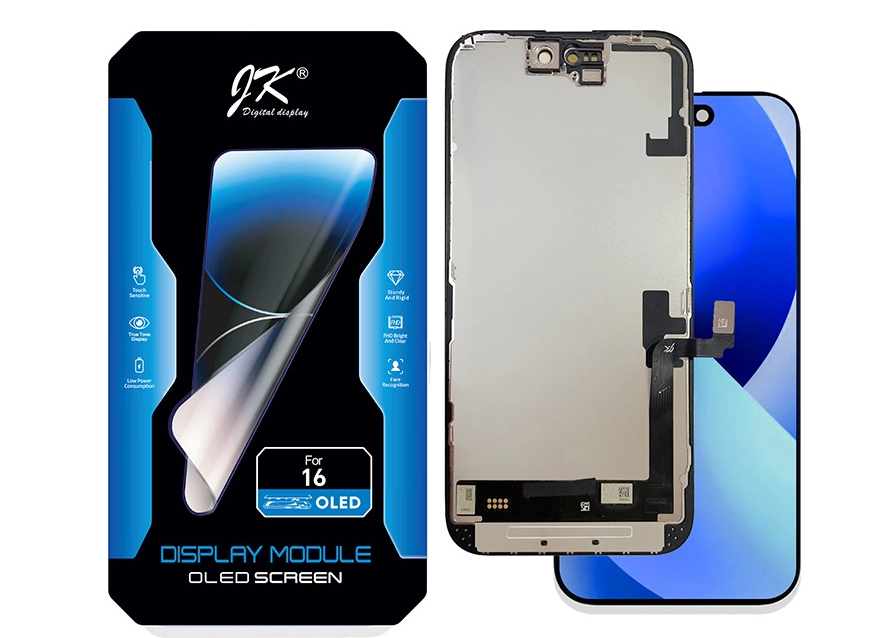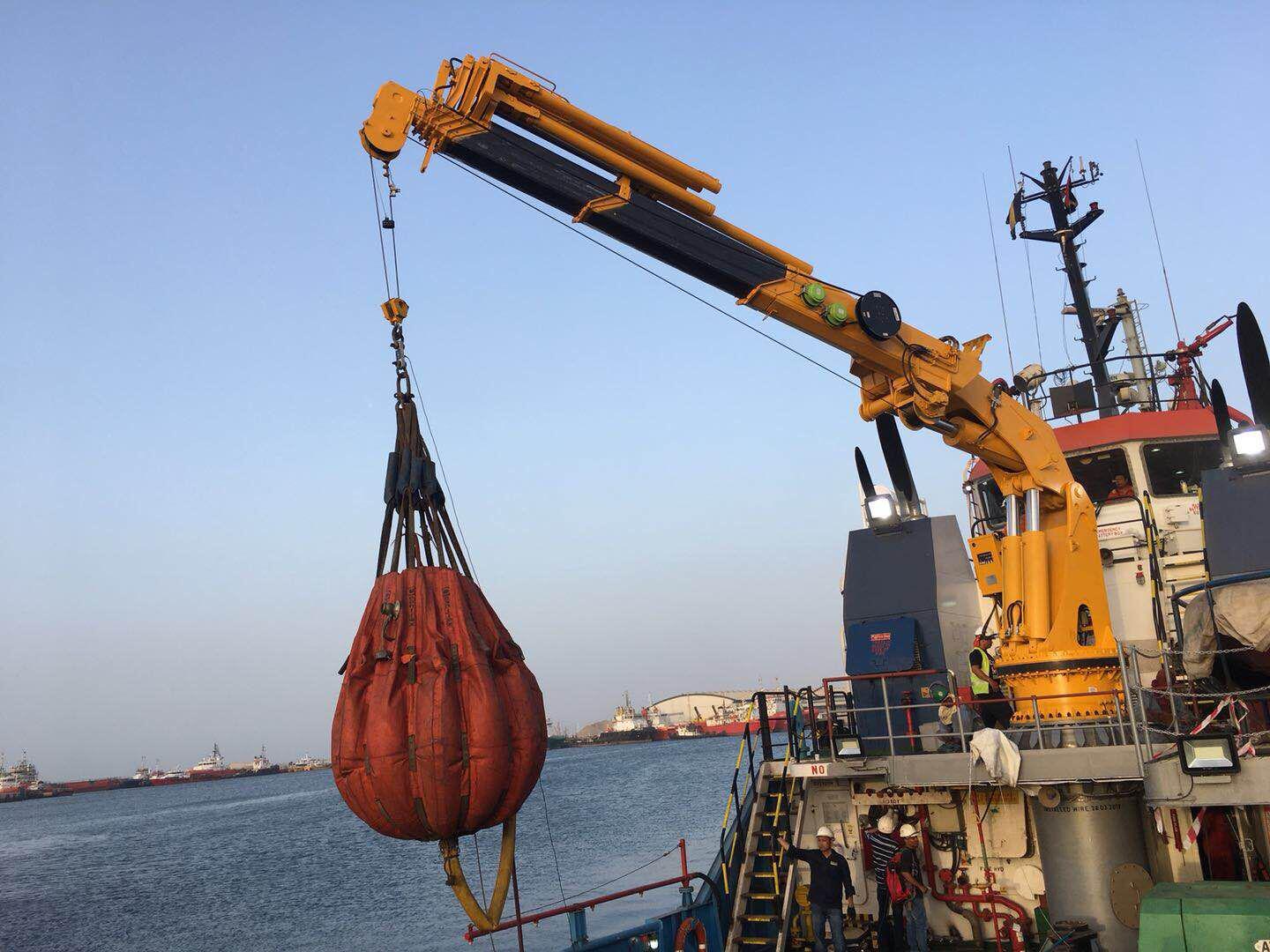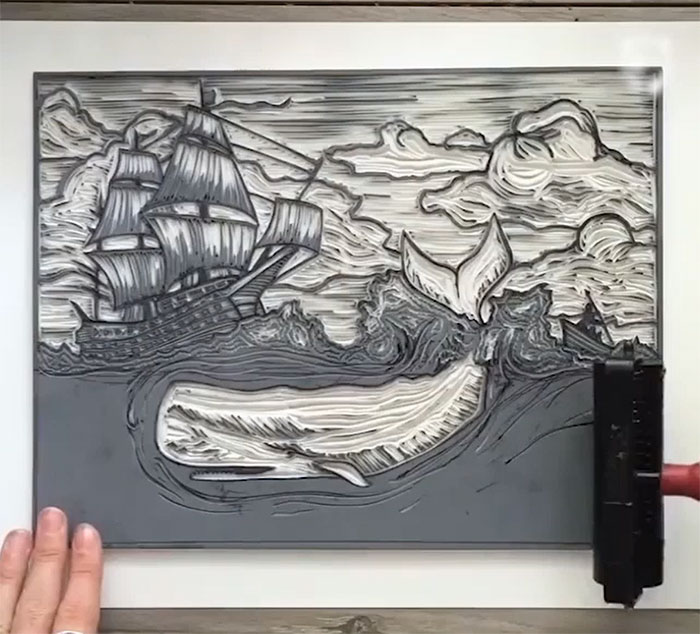
Relief artwork, with its ability to create depth and dimension on a flat surface, has captivated artists and art enthusiasts for centuries. But have you ever wondered what lies on the opposite end of the artistic spectrum? In this blog post, we will delve into the world of art forms that challenge the very essence of relief artwork, exploring their unique characteristics and the ways in which they differ from this traditional technique.
- The Flatness of Minimalism:
While relief artwork aims to create a sense of depth, minimalism embraces the opposite approach. Minimalist art, characterized by its simplicity and reduction of form, rejects the notion of depth altogether. Instead, it focuses on the purity of shape, color, and line, often presenting a flat, two-dimensional surface. By eliminating any sense of relief, minimalism challenges our perception of space and encourages us to appreciate art in its most stripped-down form. - The Illusion of Trompe-l'oeil:
In contrast to relief artwork's tactile and tangible qualities, trompe-l'oeil (French for "deceive the eye") seeks to create the illusion of three-dimensionality on a flat surface. This technique employs meticulous attention to detail, using shading, perspective, and hyperrealistic rendering to trick the viewer into perceiving depth where there is none. Trompe-l'oeil challenges our perception by blurring the boundaries between reality and artifice, leaving us in awe of the artist's skillful manipulation of our visual senses. - The Surreal World of Dadaism:
Dadaism, an avant-garde movement born out of the chaos of World War I, rebels against traditional artistic conventions, including relief artwork. Dadaists sought to challenge societal norms and provoke thought through unconventional and often absurd means. In their quest for artistic freedom, Dadaists embraced the opposite of relief art's order and structure, creating works that were chaotic, nonsensical, and dreamlike. By rejecting traditional techniques, Dadaism encourages us to question the very definition of art and its purpose. - The Fluidity of Performance Art:
While relief artwork is static and permanent, performance art exists in the realm of the ephemeral. Performance artists use their bodies as a medium, creating live, time-based experiences that challenge the notion of art as a physical object. By its very nature, performance art opposes the tangible qualities of relief artwork, emphasizing the transitory and experiential aspects of artistic expression. It pushes boundaries, blurring the lines between art and life, and inviting the audience to actively engage with the creative process.
Conclusion:
In this exploration of the antithesis of relief artwork, we have encountered a diverse range of art forms that challenge our perception of depth, order, and permanence. From the minimalism's rejection of relief to trompe-l'oeil's illusionary tricks, from Dadaism's chaos to performance art's ephemerality, each art form offers a unique perspective on the boundaries of artistic expression. By understanding these contrasting approaches, we can gain a deeper appreciation for the intricacies and possibilities of the art world beyond relief artwork.

